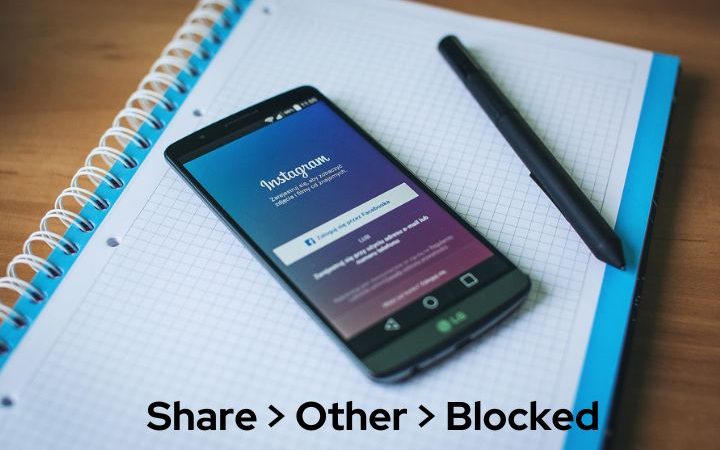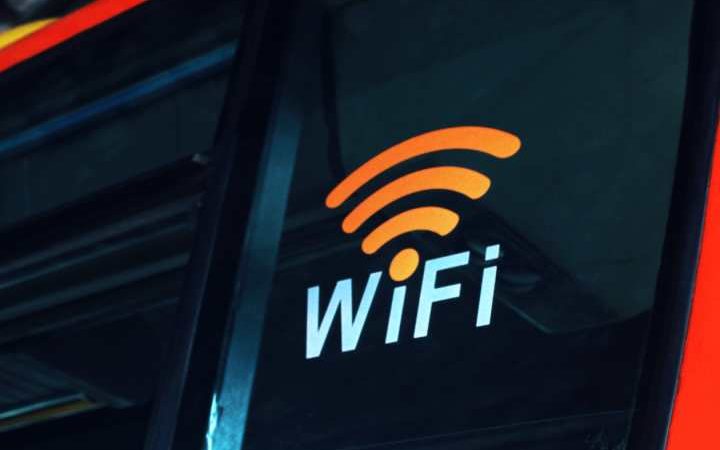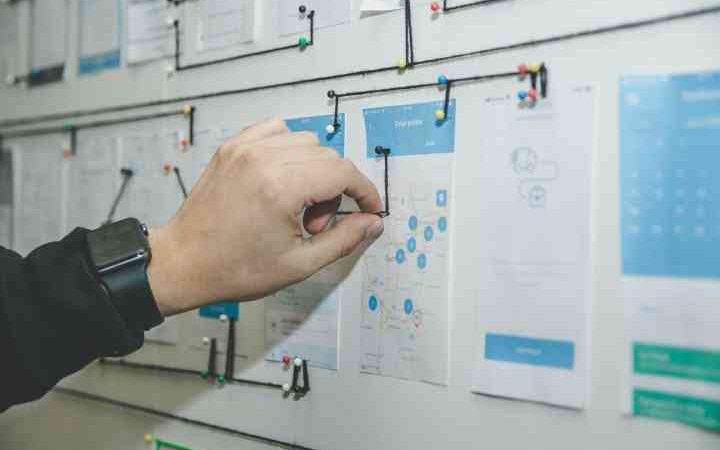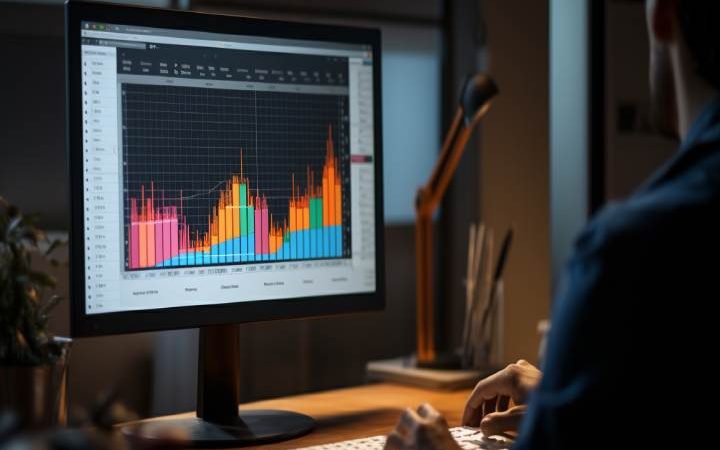Home Automation And Internet Of Things

Do you remember when in a movie you saw someone entering their house and clapping their hands to turn on the lights? It was the future, that and flying cars. A few years later, home automation arrived and, although not many use clapping, we can already talk about connected devices that make our lives much easier.
Thanks to the dizzying pace and development of technology, we can talk about home automation and the Internet of Things as part of the daily lives of individuals and companies. But let’s start at the beginning, as usual, to explain a little what these concepts are and what their applications are.
What Is Home Automation And The Internet Of Things?
IoT is the acronym for Internet of Things (Internet of Things) and refers to the interconnection of devices through a network, which can be private or public. Devices that range from common and everyday objects (such as a refrigerator or household lights) to industrial ones, such as vending machines. The connection is made through what is known as M2M, that is, Machine to Machine so that the interaction is done without the need for human intervention.
On the other hand, home automation consists of the automation of building processes of any kind, whether in the field of security, communication, or energy management. In other words, with home automation, you can program the blinds to open at an hour or the heating to turn on. The main difference with the Internet of Things lies in the certain degree of “intelligence” of this interaction: with home automation, you manually set the time; With IoT, the device in charge of collecting the outside temperature is the one that activates the heating when it reaches a few degrees.
And this is an application of home automation and the Internet of Things at a particular level, imagine when you extrapolate these concepts to more complex processes. Thanks to the information collected by the IoT sensors, an action is triggered, optimizing any process in terms of time and costs, as well as allowing for a certain preventive control, to avoid failures, as well as corrective. And all in real-time and, on many occasions, without the need for human interaction.
Thus, Industry 4.0 is an increasingly close reality, especially with the great digital transformation that businesses of all kinds are undergoing. The objective is to integrate technology into the day-to-day of a company, increasing its productivity through the development of intelligent, optimized, and automated processes.
All seek that the worker only has to intervene in those points of the process where it is necessary, either because an error occurs that the system is not capable of solving, or because their action is necessary to finish it. Therefore, we could consider that, in a certain way, the Internet of Things is an evolution of the concept of home automation, in which we go from programming to collecting and reading data.
IoT Applications In Human Resources
To exemplify everything we have been saying, let’s see an Internet of Things application in the Human Resources department:
Currently, it is mandatory by law to keep track of employees’ hours, all to verify that the staff exercises their working hours following the contract they have signed. To do this, companies have devised all kinds of systems, so that it is the most comfortable, fast, and reliable both for the signer and for the person who has to carry out said control.
An example is to do it through “geo-positioning”, installing a series of sensors at the entrances and exits of the offices, in addition to a signature system using a card or biometric data, two types of information are collected:
- On the one hand, control of each worker, through their entry and exit times.
- On the other hand, in addition to the workers, the entrances and exits of all those who go to the office (doors that are used the most, busiest hours, etc.) are measured.
- All this makes up what is known as Big Data, that is, a large amount of data that provides information of all kinds that can be used strategically for the business (for example, important meetings are scheduled at times when there are fewer entries and exits).
- There is, in addition to scheduling the best time to make deliveries by suppliers, by collecting that data).
Thus, in addition to exercising mandatory Time Control, companies can, in turn, carry out Access Control, all to optimize office activity to the maximum and facilitate the achievement of tasks.
Also Read: Internet of Things [IoT] Applications in Civil Engineering






